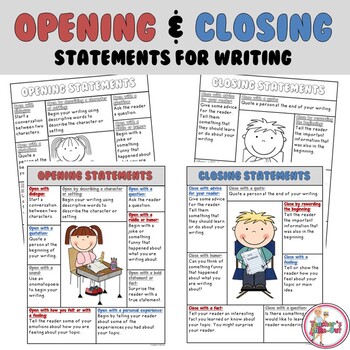
Closing Statements
-
Summarize Key Points: Briefly recap the main ideas or conclusions of your message. This reinforces your key messages and ensures the reader retains the most important information.
-
Express Gratitude: Thank the reader for their time, consideration, or previous collaboration. This adds a note of courtesy and appreciation.
-
Offer Assistance or Availability: Let the reader know you are available for further queries or support. For example, “Should you need any further information, please feel free to contact me.”
-
End on a Positive Note: Conclude with a positive or forward-looking statement, especially in emails or correspondence that aims to maintain or build relationships.
Calls to Action
-
Be Clear and Direct: Your CTA should be straightforward and easy to understand. Clearly state what action you want the reader to take next.
-
Create a Sense of Urgency: If applicable, encourage immediate action or response. Phrases like “Please reply by [date]” or “Register before [deadline]” can be effective.
-
Make it Easy to Take Action: Provide all necessary information or steps required to take action. If they need to contact someone, provide contact details; if they need to visit a website, include the link.
-
Keep it Relevant and Realistic: Ensure your CTA is relevant to the reader’s interests and your message. It should also be achievable – avoid asking for actions that are too complex or time-consuming.
Examples of Closing Statements and Calls to Action
-
Business Email:
- Closing Statement: “Thank you for considering our proposal. We are excited about the prospect of working with your team.”
- Call to Action: “Please let us know by Friday if we can proceed with the planning phase.”
-
Marketing Communication:
- Closing Statement: “We believe our product will significantly enhance your daily operations.”
- Call to Action: “Visit our website to order now and enjoy an exclusive 20% discount!”
-
Formal Report or Proposal:
- Closing Statement: “We have outlined the primary strategies that will drive growth and efficiency.”
- Call to Action: “We recommend a meeting to discuss the implementation of these strategies at your earliest convenience.”
-
Internal Company Communication:
- Closing Statement: “Your dedication to this project is greatly appreciated and crucial for our success.”
- Call to Action: “Please submit your individual reports by next Monday for review.”
By effectively concluding your message with a strong closing statement and a clear call to action, you not only reinforce your key points but also provide a clear path for the reader to respond or engage further. This approach is essential for effective communication in a wide range of contexts, from business emails and proposals to marketing materials and internal communications.